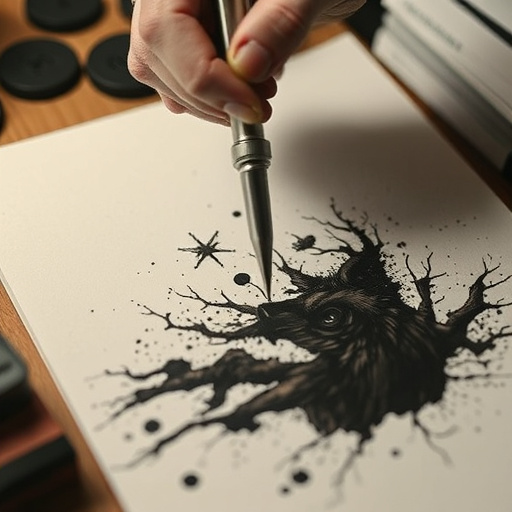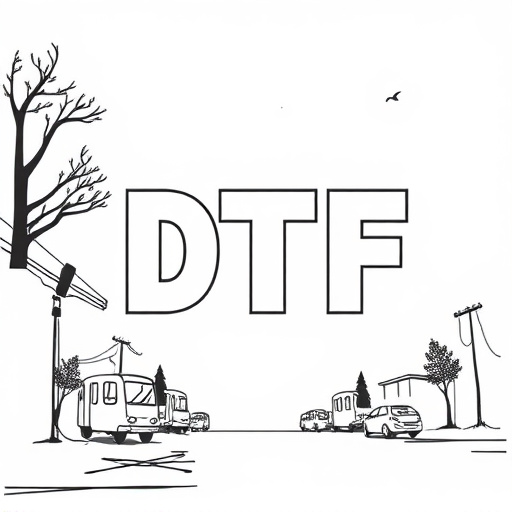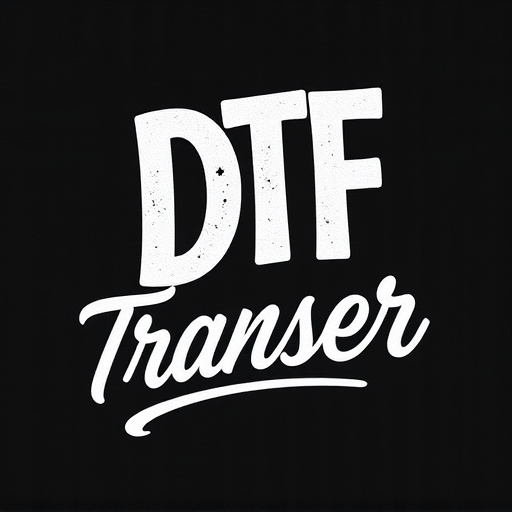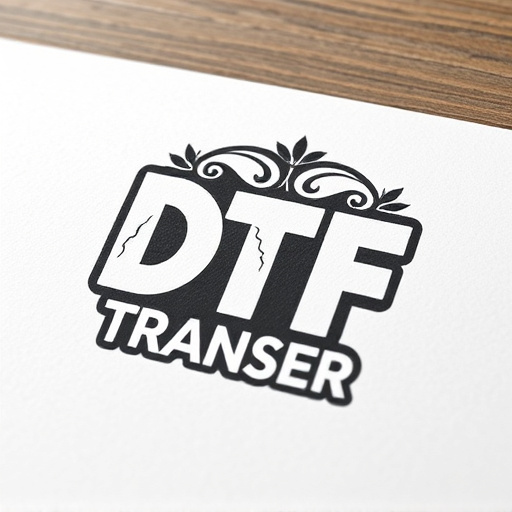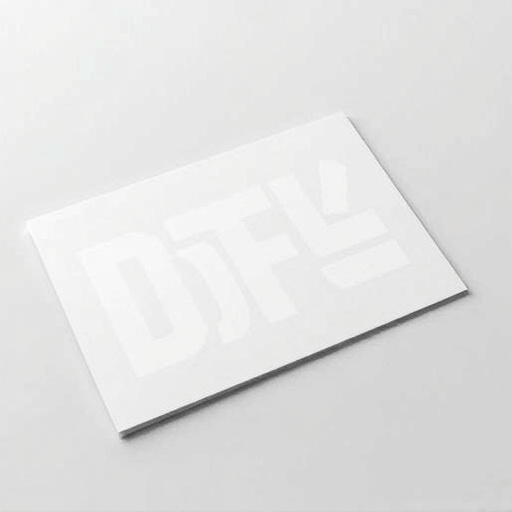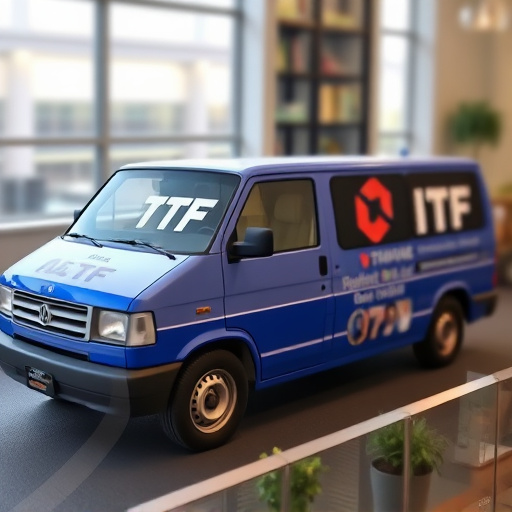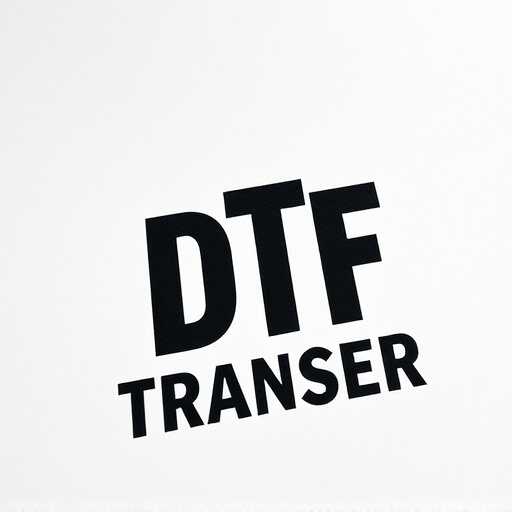Direct-to-Film (DTF) printing is revolutionizing outdoor advertising by offering durable, vibrant prints resistant to fading, peeling, and cracking in harsh weather. UV-resistant DTF transfers, with specialized inks and coatings, mitigate these issues, preserving colors and details for prolonged outdoor use. High-quality UV-stable films paired with optimized outdoor inks ensure longevity and vibrancy. This technology provides businesses with a cost-effective, high-impact marketing solution, effective in various outdoor environments from transportation advertising to event signage. Proper installation and maintenance extend the lifespan of these prints.
“Discover the future of outdoor advertising with ultraviolet-resistant direct-to-film (DTF) transfers—a game-changer for durable, long-lasting prints. This comprehensive guide explores the importance of UV resistance in exterior applications, delving into specialized inks and material choices to enhance print quality and longevity. From installation tips to real-world success stories, learn how DTF Printing is revolutionizing outdoor signage, offering vibrant, resilient displays that withstand the elements.”
- Understanding Direct-to-Film (DTF) Printing for Outdoor Durability
- The Role of Ultraviolet (UV) Resistance in Outdoor Applications
- Material Considerations for UV-Resistant DTF Transfers
- Enhancing Print Quality and Longevity with Specialized Inks
- Installation and Maintenance Tips for Outdoor DTF Prints
- Real-World Examples: Successful UV-Resistant DTF Applications
Understanding Direct-to-Film (DTF) Printing for Outdoor Durability
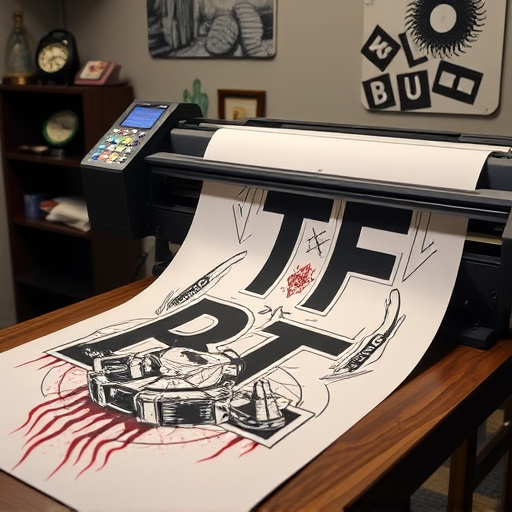
Direct-to-Film (DTF) printing is a cutting-edge technology revolutionizing outdoor advertising and signage. This innovative process allows for high-quality, durable prints to be applied directly onto various films, plastics, and even metal surfaces, making it an ideal solution for exterior applications. By eliminating the need for traditional lamination, DTF printing offers increased durability, vibrant colors, and a smoother finish, ensuring that outdoor displays remain visually appealing and long-lasting despite exposure to harsh weather conditions.
DTF technology involves precise application of inks and adhesives directly onto the substrate, creating a strong bond that resists fading, peeling, or cracking over time. This method is particularly advantageous for outdoor settings where materials must endure sunlight, moisture, and varying temperatures. With DTF Printing, businesses and marketers can create eye-catching displays that effectively communicate their messages while withstanding the challenges of outdoor environments, ensuring a longer lifespan for their advertising investments.
The Role of Ultraviolet (UV) Resistance in Outdoor Applications
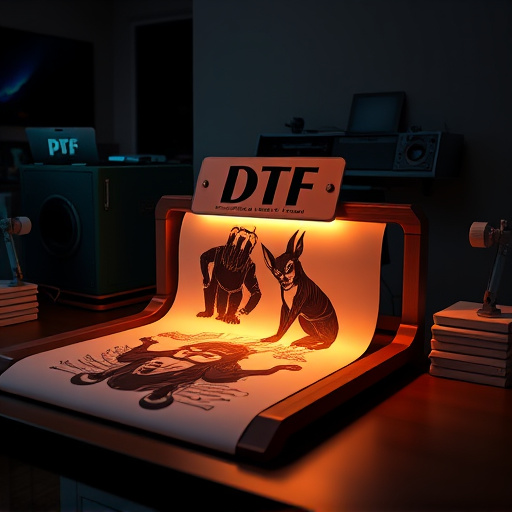
In outdoor applications, where materials are exposed to varying weather conditions and intense sunlight for extended periods, ultraviolet (UV) resistance plays a pivotal role in ensuring the longevity and quality of printed products. UV rays from the sun can cause rapid deterioration of typical inks and coatings used in direct-to-film (DTF) printing, leading to fading, cracking, and loss of gloss over time. This is particularly relevant for outdoor signage, advertising banners, and graphics on vehicles, which demand durability and vibrant visuals even under harsh environmental conditions.
Ultraviolet-resistant DTF transfers are designed to counteract these challenges by incorporating specialized inks and coatings that absorb or reflect UV radiation, minimizing its damaging effects. This technology ensures that the printed images maintain their vivid colors, sharp details, and structural integrity for an extended period, making them suitable for long-term outdoor use. By enhancing UV resistance, DTF printing offers a practical solution for businesses and designers looking to create visually appealing, weatherproof displays that can withstand the elements.
Material Considerations for UV-Resistant DTF Transfers
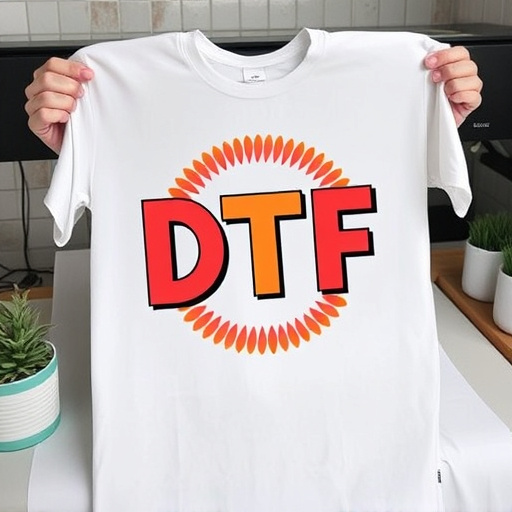
When considering materials for ultraviolet (UV)-resistant direct-to-film (DTF) transfers, several factors come into play to ensure longevity and durability outdoors. The primary focus should be on selecting substrates that can withstand exposure to UV radiation, which can degrade traditional printing materials over time.
High-quality, UV-stable films are essential for DTF printing applications outside. These films often incorporate special coatings and additives designed to reflect or absorb UV rays, preventing the fading or discoloration of printed images. Additionally, using inks optimized for outdoor use that offer superior UV resistance is crucial. This ensures that vibrant colors and sharp details remain intact even when exposed to varying weather conditions.
Enhancing Print Quality and Longevity with Specialized Inks
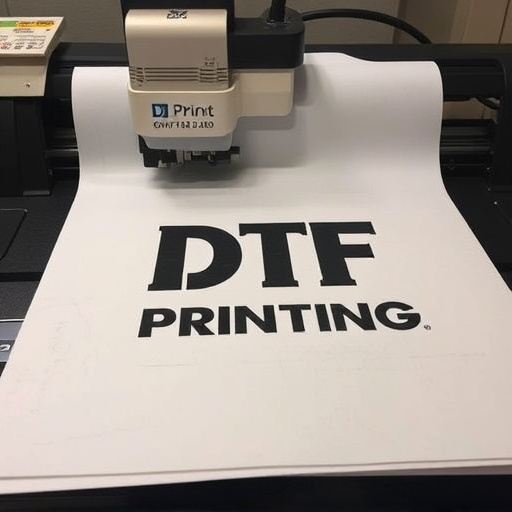
In the realm of outdoor advertising and signage, ensuring durability and vibrancy is paramount. This is where Ultraviolet (UV)-resistant direct-to-film (DTF) transfers come into play, revolutionizing print quality for exterior applications. Specialized inks designed to withstand UV radiation are a game-changer in this industry. These advanced inks not only enhance the visual appeal of DTF Printing but also extend the lifespan of the prints by protecting them from the damaging effects of sunlight.
By incorporating UV-resistant properties, the colors and details on outdoor signs, billboards, and graphics remain vivid and intact for extended periods. This technology ensures that businesses can maintain high-quality advertising without frequent replacements or costly touch-ups. The specialized inks form a protective barrier, preventing the deterioration often caused by exposure to environmental factors, ensuring a longer-lasting and more effective marketing presence in various settings.
Installation and Maintenance Tips for Outdoor DTF Prints
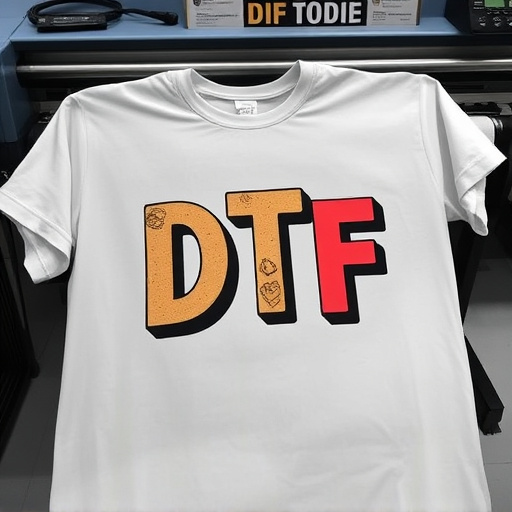
When installing UV-resistant direct-to-film (DTF) prints outdoors, it’s crucial to ensure proper placement and protection. Start by cleaning the surface thoroughly to eliminate any contaminants that could affect adhesion. Use a suitable adhesive designed for outdoor applications and follow the manufacturer’s instructions for application. Apply even pressure across the entire print area to guarantee a secure bond.
Regular maintenance is vital to prolong the lifespan of your DTF prints. Regularly inspect the signage for signs of wear, tear, or fading. Clean the surface gently with a soft cloth and mild soap to remove dirt and grime. Avoid using harsh chemicals or abrasive materials that could damage the print. Repaint or replace any damaged sections promptly to maintain the visual impact and ensure clear communication outdoors.
Real-World Examples: Successful UV-Resistant DTF Applications
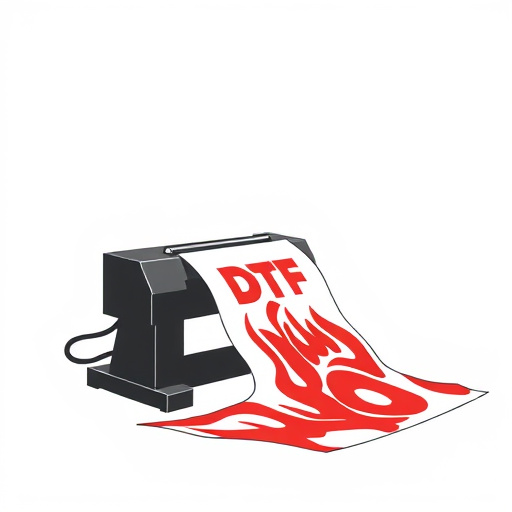
In real-world applications, direct-to-film (DTF) printing with ultraviolet (UV)-resistant inks has proven its worth in various outdoor settings. For instance, transportation advertising is one area where UV-resistant DTF has made a significant impact. Bus shelters, train stations, and even aircraft interiors now commonly feature vibrant, long-lasting graphics produced through this technology. These applications demand durability against harsh environmental conditions, including exposure to intense sunlight and varying temperatures, and UV-resistant inks deliver exactly that.
Another successful implementation is seen in outdoor signage for events and festivals. When organizers need visually appealing and durable banners, posters, and displays that can withstand outdoor elements for extended periods, DTF Printing with UV protection becomes the go-to choice. This technology ensures that colorful, high-resolution images remain intact and vibrant, even after months of constant exposure to sun and wind.

